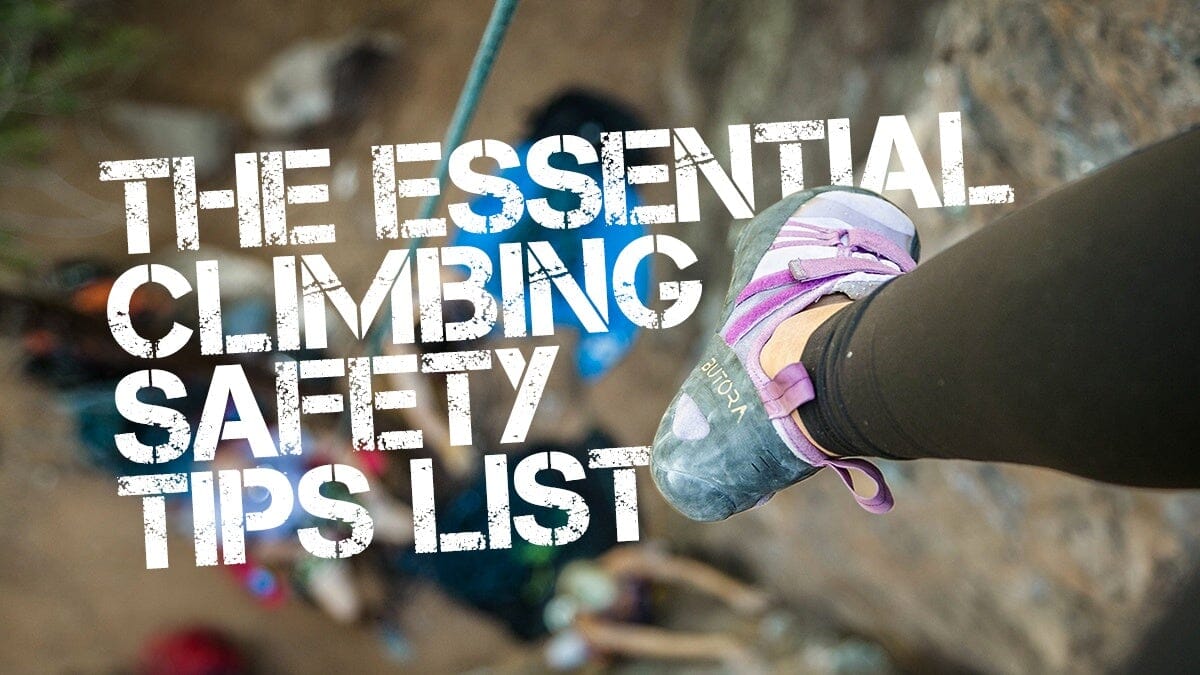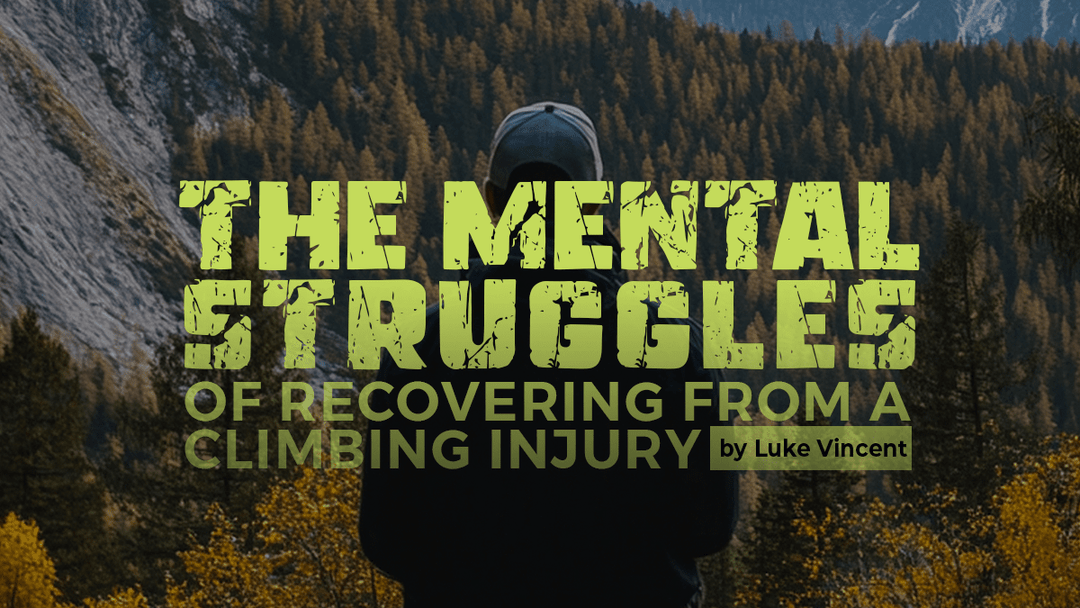The Essential Climbing Safety Tips List

Do you often feel the urge to embark on an adventure? Perhaps climbing is what will stir the adrenaline that has been hibernating in your veins?
Rock climbing can be an unforgettable experience. Along with the thrills of climbing itself, the outdoors offers a relief from the stresses of daily life.
But climbing is not all roses and sunshine.
There are many physical and health-related challenges to contend with. However, with the right information and careful attention to safety, climbing should be fun and risk-free.
Here are the 6 essential climbing safety tips that all climbers should observe
1. Get Fit
The first thing you need to prepare before climbing is not the climbing gear–it’s your body.
Climbing is a vigorous activity that requires a lot of physical and mental effort. As such, you need to be physically fit and mentally agile to pull it off without the risk of injuries.
If you’ve not been physically fit lately, you might want to start an exercise program that will prepare your muscles for strenuous activities. You’d be surprised at how simple activities such as running and jogging can help to strengthen your muscles.
Think of exercises that can strengthen your leg muscles.
Also, engage in exercises that can strengthen your arm muscles, such as push-ups. You’ll need a lot of upper body strength to make tight grips on rocks and to hang long enough in ropes.
When you get a little more advanced, you can move on to the climbing training section of your gym where you’ll find hangboards, campus boards, and other challenging equipment that will help you to train the climbing-specific parts of your body that other exercises may miss.
2. Be Prepared for the Weather
Always make a habit of checking the weather the night before and in the morning before climbing. You can also check the weather forecasts to determine whether it will be safe to go on with your plans.
Extreme weather conditions during climbing could be life-threatening. For safety purposes, dress according to the weather report.
Sun protection is also essential for your health and comfort when climbing outdoors. Sunburn is also not good for climbers. Not only can it slow you down but also cause itching, nausea, and headaches.
Keep in mind that slippery rock is not the only concern. In some climbing areas such as Red Rock Canyon in Las Vegas, the sandstone can actually break if it is not completely dry after a rainstorm. This not only presents an obviously dangerous situation but can also ruin routes and problems for other climbers. A 5.10 can go to 5.13 pretty quickly when key holds disappear.
3. Eat a Good Breakfast
Experts agree that breakfast is the most important meal of the day.
As such, if you have a long day ahead of you, especially one that involves climbing a rock, you’ll need a good breakfast to power your climb.
The right breakfast should not only give you energy but also be light to ease digestion.
Before gearing up, eat a 400-calorie breakfast, perhaps some carbs that are easy to digest. It’s recommended to work with carbs only since protein, fat, and fiber have lengthy absorption processes.
The goal here is to put your brain and muscles in top performance, which might not happen if you jam your digestive track with all sorts of food. The last thing you want is a substantial meal that will make your stomach rumble as you climb or make you wish you were near a toilet.
Also, carry plenty of water to keep you hydrated.
4. Bring the Right Gear
Your climbing safety to a large extent depends on the nature of the climbing gear you bring along.
First of all, you need good climbing shoes. Choose perfect fitting shoes that will provide stability, grip, and support. Your choice of shoes should also depend on the nature of the terrain.
As for the clothes, they need to be comfy and flexible enough to allow you to maneuver comfortably and stretch all parts of your body.
Don’t forget to pack all your extra gear, crash pad, food, and enough water.
5. Carry First Aid Supplies
If you’re out on a climbing adventure, there is always the possibility of injury to either yourself or your climbing partners.
You can get hit by a rock and sustain a head injury. Or take a ground fall and sprain your ankle. Such a mishap can give you a miserable climbing experience.
However, if you bring along a first aid kit and know how to use the items in your bag, you can make a massive difference to the outcome. A basic first aid kit should be enough to treat most of the injuries.
A climbing first aid kit should include but not be limited to the following supplies:
- Duct tape
- Sterile Dressings
- Small scissors, tweezers, and safety pins
- Butterfly bandages/adhesive bandages
- Moleskin
- Painkillers
Wrapping Up on Climbing Safety Tips
With proper preparation and careful attention to safety, the whole experience can be an enjoyable and memorable experience.
So if you want to satiate your hunger for adventure and want something that will keep your adrenaline kicking, climbing is your best bet.




